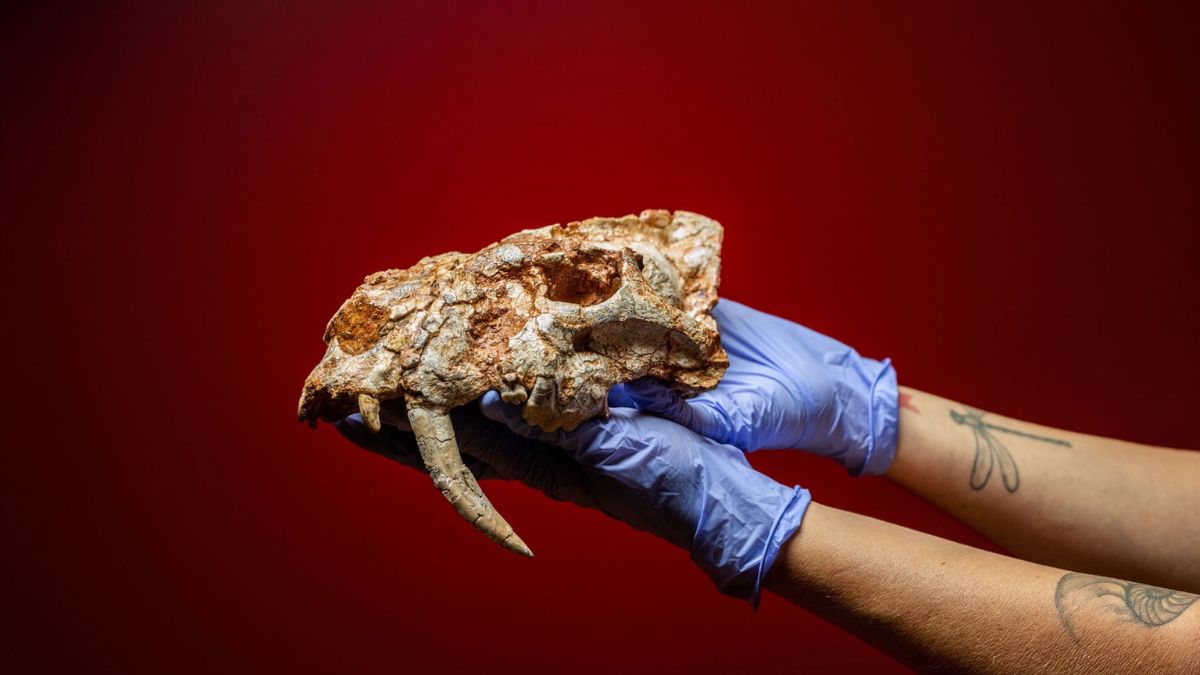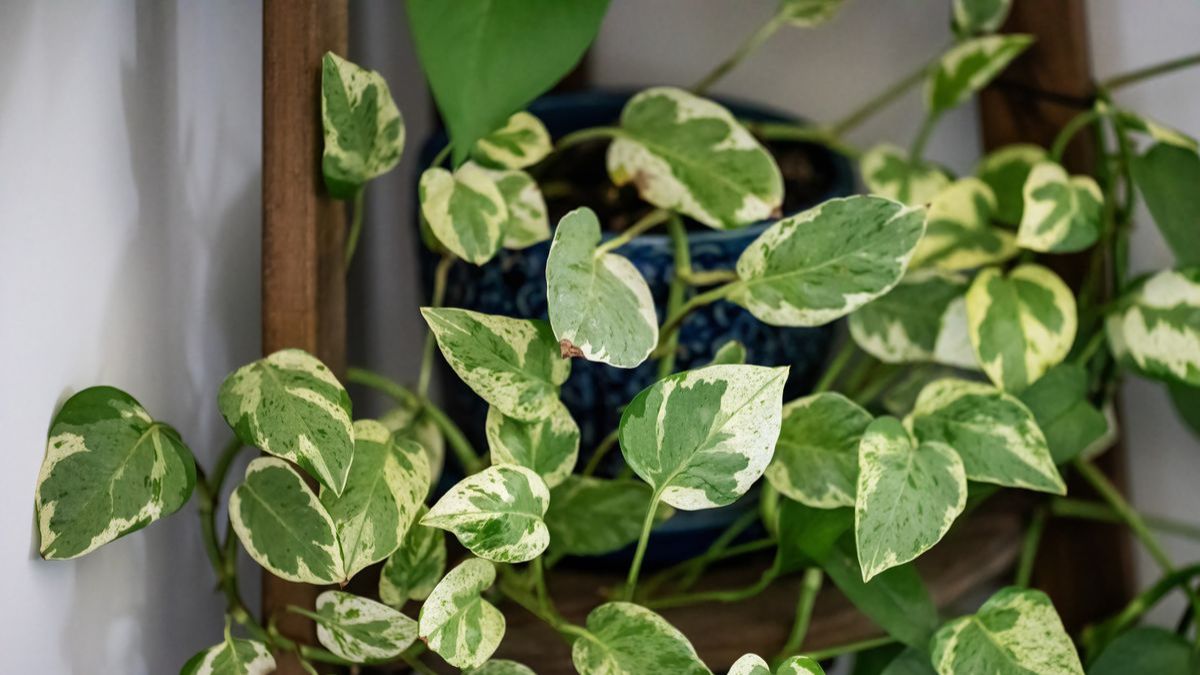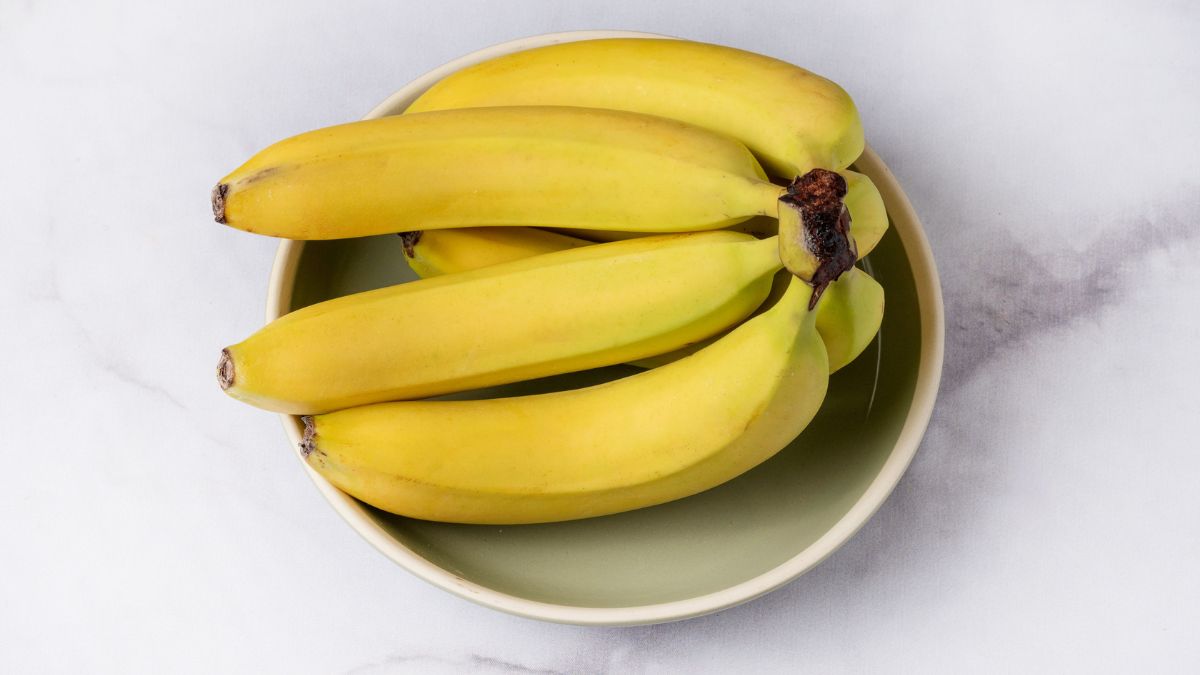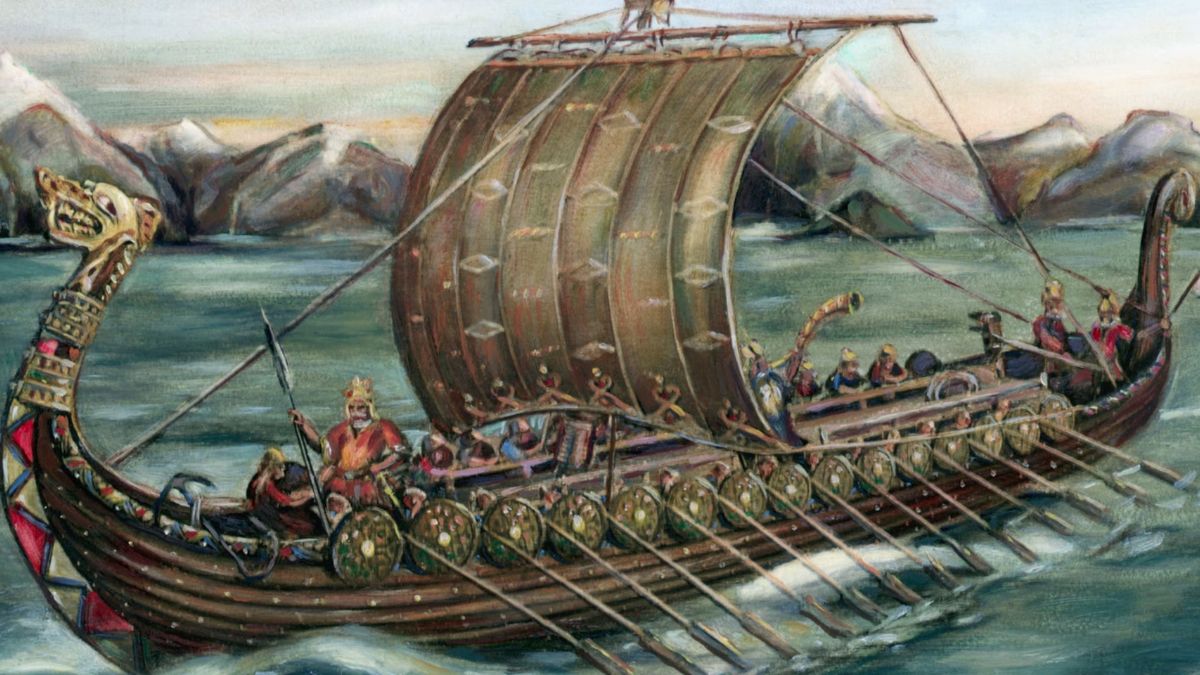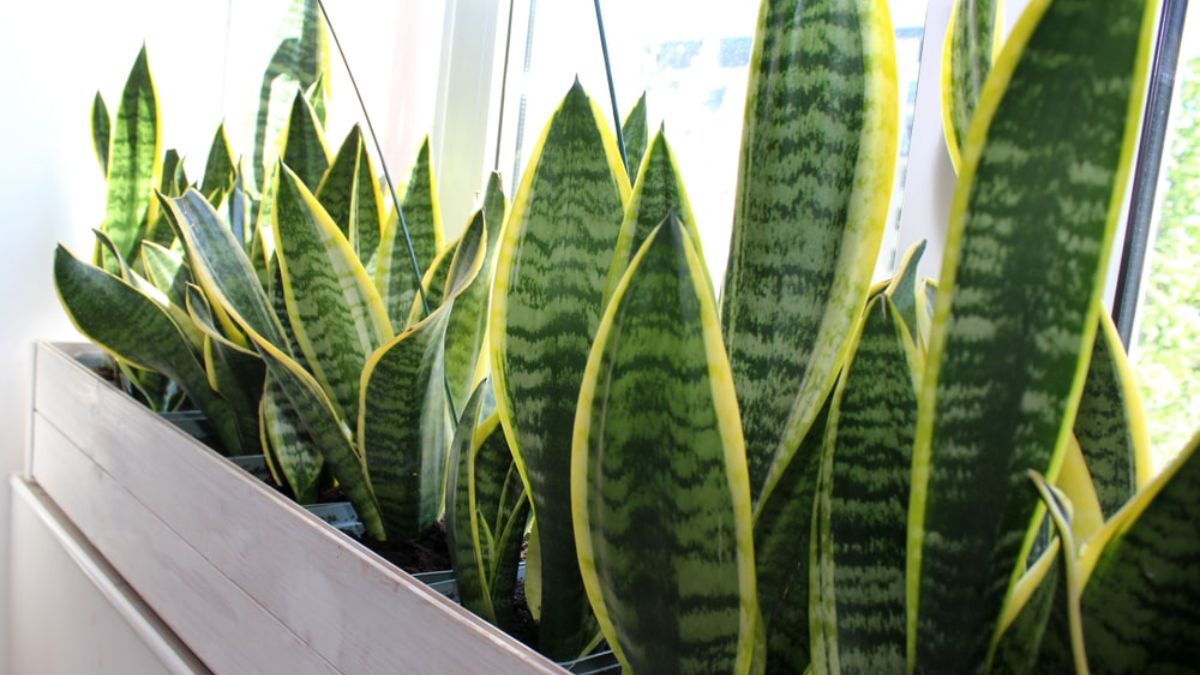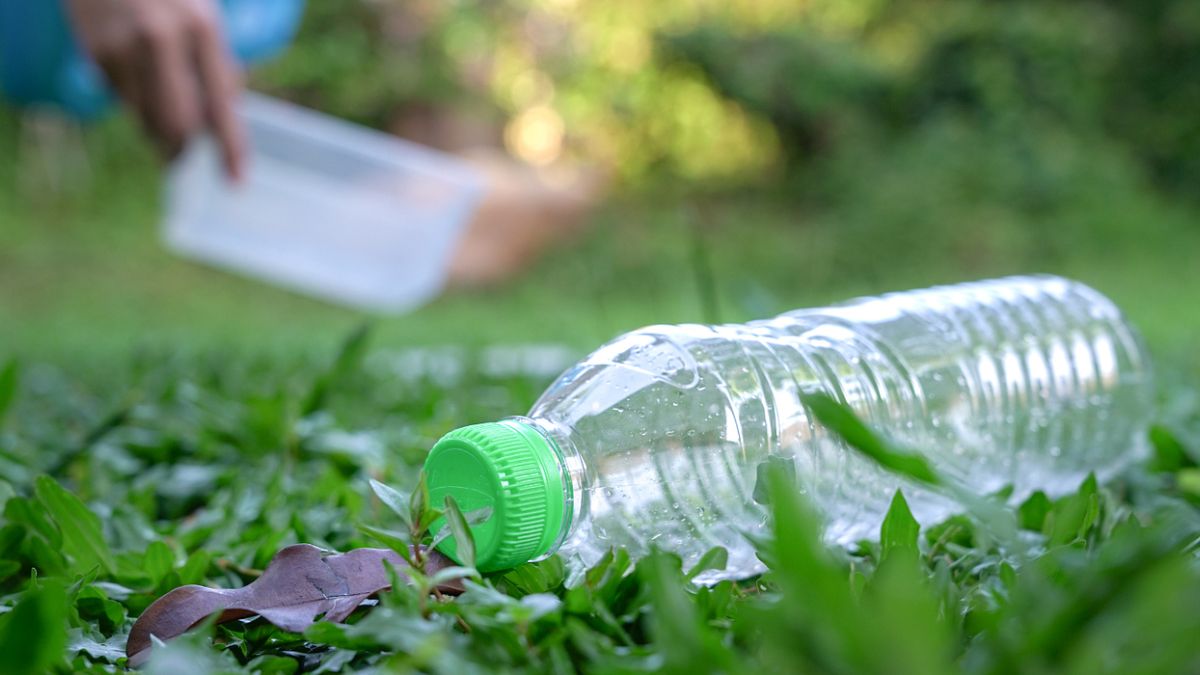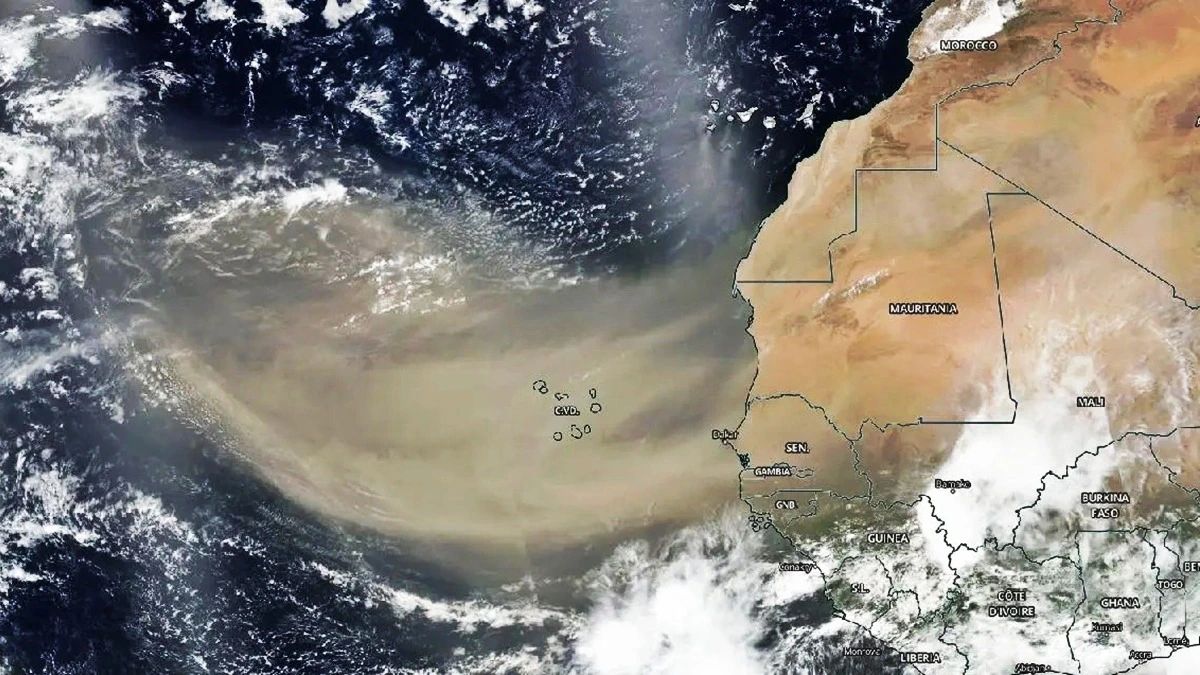Can you imagine walking along the beach, just enjoying the breeze, and suddenly discovering a fossil that’s millions of years old? That’s exactly what happened to Britta Krause on a beach in Germany.
Most of us wouldn’t think twice about a strange-looking object in the sand—we’d probably ignore it or assume it’s trash. But sometimes, hidden in plain sight, there’s a piece of history just waiting to be found.
This is the incredible story of how a casual beach walk turned into a remarkable paleontological discovery.
Discovery
Picture it: a normal day by the Baltic Sea on Lindhöft beach in northern Germany. Britta Krause was taking a relaxing walk when something half-buried in the sand caught her eye. It looked like a damaged piece of plastic—nothing fancy.
But Britta, guided by a hunch or maybe just curiosity, picked it up. It felt too light and had a strange texture. Something told her it wasn’t trash, and that small decision changed everything.
Fossil
Instead of throwing it away or leaving it behind, Britta took the mysterious object to the Geological Museum in Kiel. There, geoscientist Matthias Alberti analyzed it—and what he found was astonishing.
It wasn’t plastic. It was a 35-million-year-old piece of amber—a true fossil from prehistoric times.
Amber
So, what exactly is amber? Many people mistake it for a rock, but it’s actually fossilized tree resin. Millions of years ago, trees produced sticky resin to protect themselves. Over time, that resin hardened and fossilized, sometimes trapping insects, flowers, and plant material inside it.
Amber isn’t just beautiful—it’s a time capsule from the past. Some amber pieces even contain tiny creatures that lived at the same time as the dinosaurs.
| Feature | Amber | Plastic |
|---|---|---|
| Origin | Fossilized tree resin | Man-made material |
| Texture | Smooth, light, often irregular | Smooth, often uniform |
| Reaction to UV light | Glows blue, white, or green | Usually no glow or different reaction |
| Buoyancy | Floats in salty water | Often sinks |
Process
So how did Matthias Alberti confirm the object was amber? He didn’t just guess—he used three classic and reliable tests:
- Float test: Real amber floats in saltwater, while plastic usually sinks. The object passed.
- UV light test: When exposed to ultraviolet light, real amber glows in a blue, white, or greenish tone. The glow confirmed its authenticity.
- Hardness test: Amber is soft enough to scratch with a fingernail—another test that the fossil passed.
These three simple tests were enough to confirm that Britta had found a genuine piece of amber, possibly with ancient life inside it.
Museum
Did Britta get to keep her amazing find? Unfortunately, no. The amber is now in the hands of scientists at the Geological Museum in Kiel, who are conducting detailed studies on it.
They plan to use CT scanning technology to look inside the fossil without damaging it. What they find could be huge—perhaps an insect that has never been seen before or a species that’s long extinct.
Discoveries like this help scientists understand ancient biodiversity, climate conditions, and how life evolved over millions of years.
Impact
Britta’s story reminds us how powerful curiosity can be. One walk on the beach led to a discovery that could play a role in science for generations. She said she’ll continue searching for more fossils on her beach walks—and honestly, who wouldn’t after finding a 35-million-year-old treasure?
Sometimes life surprises you in the most unexpected ways. One moment, you’re enjoying the sea breeze, and the next, you’re holding a piece of Earth’s deep past in your hands.
FAQs
Where was the fossil found?
On Lindhöft beach near the Baltic Sea in northern Germany.
What was the fossil made of?
It was amber, fossilized resin from ancient trees.
How old is the amber fossil?
Around 35 million years old.
How was it confirmed as amber?
Through float test, UV light, and hardness check.
Did Britta keep the amber?
No, it’s being studied by the Geological Museum in Kiel.

